Grief and Other Monsters: Understanding the Power of Emotion in The Babadook
Imagine a monster whose sole purpose is to consume your very life. At night it pins you down, slowly torturing you. You can’t sleep, but you can’t get up. You’re trapped. Don’t worry it will let you live, but only because it prefers to watch you suffer. It plays with your mind allowing you to believe you are safe but returns when you least expect it. It may hide, but it’s never truly gone- looming over your life, hiding in the corners of your home and slowly claiming everything you hold dear. Sometimes it can even claim you. If you let it, this thing can take you over causing you to hurt those you love against your wishes, even when you try to help them.
Last year’s Australian film The Babadook (Jennifer Kent, 2014) gives us an in-depth look at this very monster. In the film this monster is a dark entity known as "The Babadook". But what makes this movie so compelling is the real-world monster that hides beneath The Babadook’s ominous top hat: grief – specifically the kind that haunts those who have lost a loved one.
The film follows the struggles of a single mother Amelia (Essie Davis) and her outspoken son Samuel (Noah Wiseman). Samuel’s father was killed in an accident while driving Amelia to the hospital to have Samuel. Since then Amelia has struggled to make ends meet while at the same time refusing to talk about her loss with anyone including Samuel. Things get even harder for them when Samuel’s violent outbursts and overactive imagination get him kicked out of school and social services comes to evaluate her as a parent. In one scene his claustrophobic hold on Amelia’s life is illustrated perfectly as he sleeps next to her in bed, with his arms unconsciously wrapped around her neck.
At the start of the film Amelia doesn’t realize all of these emotions she has bubbling under the surface but Jennifer Kent (writer as well as director) gradually gives us keys to Amelia’s psychology right before the titular monster kicks down the doors to wreak havoc on her mind and her home.
After Samuel first stumbles upon the Mister Babadook pop-up book and she sees how creepy it is, she destroys it hoping to make Samuel forget about its main character; a creature that will supposedly ‘haunt them if they let it in and make them wish that they were dead.’ Although it is a perfectly natural reaction to hide scary things from your child, it is important to note that Amelia uses this same approach when it comes to her late husband- going so far as to lock his things in the basement away from Samuel. Amelia’s attempts to protect her son also hurt him because as he says when she forbids him to go down to the basement ‘He’s my dad too, you don’t own him’.
As it starts to take over her she is verbally abusive to Samuel, telling him that she wished he had died instead of his father. While she is clearly not in her right mind (walking around with a knife in hand) the reason this scene feels so real (and so awful) is because we know that deep down the thought had definitely crossed her mind. She misses her husband and doesn’t know how to be a parent, or even herself without him. Samuel reminds her of the man she lost and she hates him for it. The Babadook is feeding on her resentment and grief and is using it to tear them apart.
There is a point near the climax of the film when she at her most unstable point, on the verge of choking Samuel, but is stopped when he reaches out to her to let her know that he still loves her and always will. His act of connection despite all her efforts to push him away gives her the strength to overcome the possession and regain control of herself. It’s a beautiful moment and speaks to anyone who has ever lost themselves to depression or grief. Having expelled it from her body she thinks that they are safe until Samuel remembers that the book told them that they couldn’t get rid of the Babadook.
This fact not only makes for an entertaining false ending but sets up one of the most interesting endings to a horror movie I have ever seen. The creature tries one last time to take Samuel, but having seen how much they need each other, Amelia fiercely stands up against the monster refusing to let anything get between her and her son again. In an epilogue scene that takes place on Samuel’s birthday, we see them celebrating as they never have done on the actual day of his birth (because of the pain that Amelia associated with that day). At one point Amelia goes down to the basement (where most of the memories of her husband now live) and feeds a weaker form of the monster that they keep down there.
It is implied that since they cannot get rid of the creature that they have decided to regularly appease it so it won’t get out of hand again. The monster, just like the pain, and the grief will never leave completely. But if they acknowledge it and are open about it, it cannot get in between them so completely again and won’t be able to ruin their lives. No longer afraid to talk about what happened to others and each other Amelia and Samuel are able to actually move forward without forgetting the past.
In theory the premise of a monster from a pop-up book driving a single mother insane might not seem like a movie meant to be taken seriously, but this film is crafted in such a way that a surreal monster is used to represent something very real and very scary. It is important to note that the while the film is not very gory there are many disturbing images, and an overall tone of dread that might not be for all viewers. The image of The Babadook itself can be scary, but the thing that is really memorable is how painfully real the grief is, and how invested the audience gets in Amelia’s point of view even after she is taken over. The Babadook is one of the rare horror movies in recent years with something to say about deep human emotions, and it does so with masterful strokes that make this movie a must-watch for anyone who is a fan of psychological horror.
Applying the Supernatural to Horror: James Wan
One filmmaker that has positively contributed to the supernatural theme in horror films is director, writer, and producer James Wan. Born on February 27, 1977 in Malaysia and raised in Perth, Australia, Wan became interested in filmmaking when he was only 11 years old. He continued to become passionate about the filmmaking business as he ended up attending the Royal Melbourne Institute of Technology (RMIT) in Australia. Through his studies at the university, Wan earned a Bachelor of Arts degree, while also meeting future collaborator Leigh Whannell.
A few years later in 2000, Wan would write and direct his first feature-length film, the horror flick Stygian, with co-writer and director Shannon Young. The film was a success in Australia, garnering a “Best Guerrilla Film” at the Melbourne Underground Film Festival.
In 2004, Wan unwittingly electrified his career with Saw. Collaborating with RMIT classmate Leigh Whannel, who wrote the screenplay for the film, Wan initially made Saw as a short film and presented it to the producers. Immediately impressed with the script, the producers agreed to finance the project before Wan and Whannel even made it to Los Angeles. The feature film, being shot on a low budget of $1.2 million, was originally envisioned to have a straight-to-DVD release (Filmibeat). However, the film was released theatrically and grossed an unprecedented $18.2 million in its opening weekend in the United States. It would go on to gross over $55 million in the US by the end of the year (IMDB). Due to the enormous box office success of the film, Saw would spawn six sequels to become a massive horror franchise. Wan, however, declined to direct the sequels and instead served as executive producer for the films. Nevertheless, with Saw, Wan managed to create an iconic villain in “Jigsaw”, along with his puppet “Billy.”
Wan continued on a roll with The Conjuring (2013), a film based on the true case files of renowned paranormal investigators Ed and Lorraine Warren. Critically praised for its use of “old school scares” and sharp cinematography, (which will be investigated next week in my article on the film) The Conjuring became yet another box office hit for Wan, grossing over $41 million in its opening weekend in the US and a staggering $137 million for the year in the US alone (IMDB).
Trademarks
WORKS CITED
IMDB. 2014. 6 Dec. 2014. <http://www.imdb.com>.
“James Wan.” 2014. 6 Dec. 2014. Filmibeat. <http://www.filmibeat.com/celebs/james-wan/biography.html>.
“James Wan.” 2014. 6 Dec. 2014. TV Guide. <http://www.tvguide.com/celebrities/james-wan/bio/180285>.
Conjuring Up Old School Scares: James Wan's "The Conjuring"
Director James Wan, who ironically helmed the original Saw (2004) and is responsible for popularizing torture porn, harkened back to old school horror films with Insidious (2010) and most recently with The Conjuring (2013). What specific old school scares did Wan recall to electrify audiences?
First and foremost, Wan used what I call the “Jaws” aesthetic described in the opening paragraph. He doesn’t fully reveal the supernatural entity that is possessing the Perron family’s house until the last quarter of the film. The other three quarters of the film, Wan tantalizes viewers with partial prints of the being (ex: hands) instead of giving away the full body. In other words, he forces audiences to fill in the rest for themselves with the most terrifying special effect one can ever create---imagination. In an interview with Rolling Stone, Wan noted, “I always felt that what is scary is actually hearing someone tell you what they think they see. That sense of invisibility makes things a lot scarier, since your imagination tends to fill in the gaps. So a character can be staring into the darkness behind a door and you just see the fright on their face. I think that's scarier than showing you what's behind the door” (Rolling Stone).
I always feel the musical score in a film is not recognized or given enough credit by critics or audiences (What would Jaws be without its music?) In this film’s case, although not related to old school scares, the score certainly needs to be recognized. Composer Joseph Bishara, who previously worked with Wan on Insidious, effectively adds to the haunting atmosphere by creating a chilling an unnerving soundscape using a mix of brass instruments, among others.
In conclusion, with The Conjuring, director James Wan was able to recreate some of the classic scares that made films such as The Exorcist and The Amityville Horror so memorable. By not relying on graphic violence and instead on audiences’ imaginations, he was able to bring horror back to its prime from the 1970s. Audiences were able to rediscover this potent aesthetic that goes far beyond what the human eye can ever see. My hope is that both present and future filmmakers will start to push this “old school” but highly effective method.
WORKS CITED
Greene, Andy. “'Conjuring' Director James Wan on the Legacy of 'Saw,' Plans for 'Fast and Furious 7'.” Rolling Stone. 19 July 2013. 19 Feb. 2015. <http://www.rollingstone.com/movies/news/conjuring-director-james-wan-on-the-legacy-of-saw-plans-for-fast-and-furious-7-20130719>.

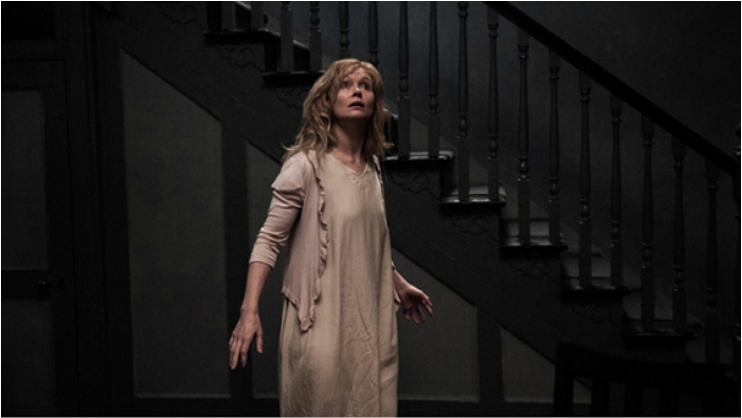

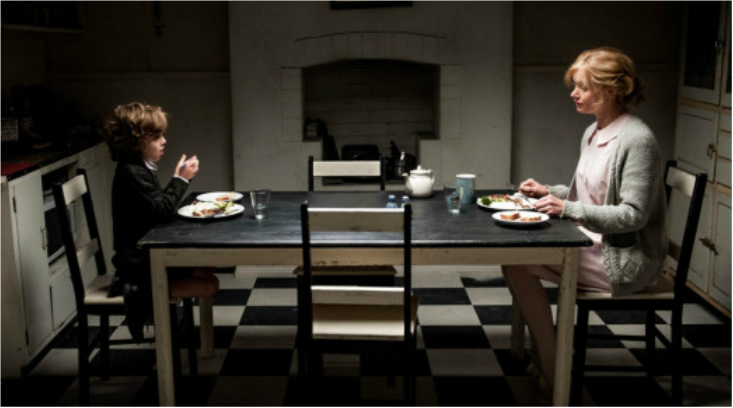
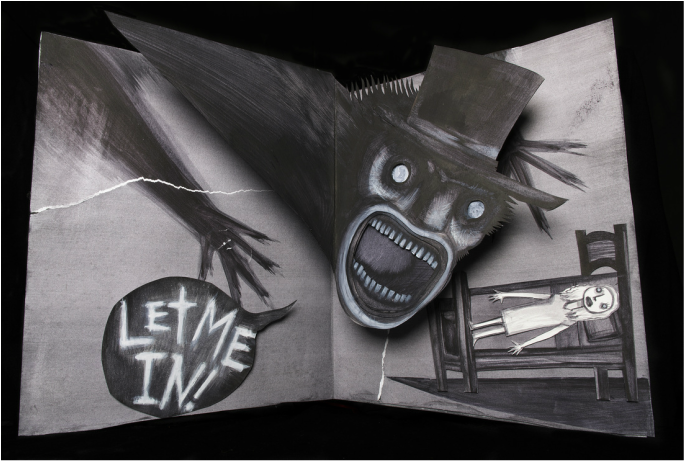
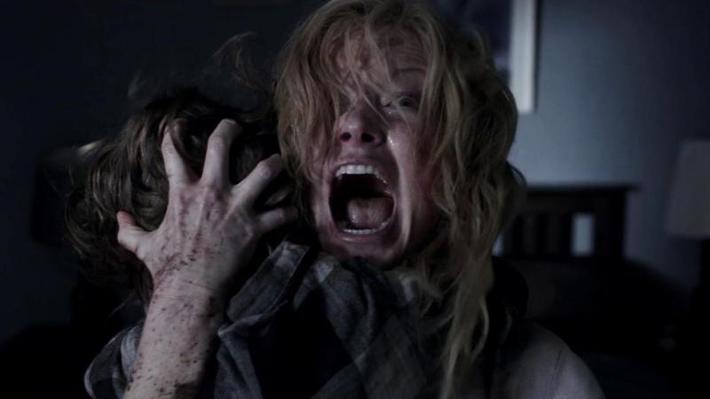
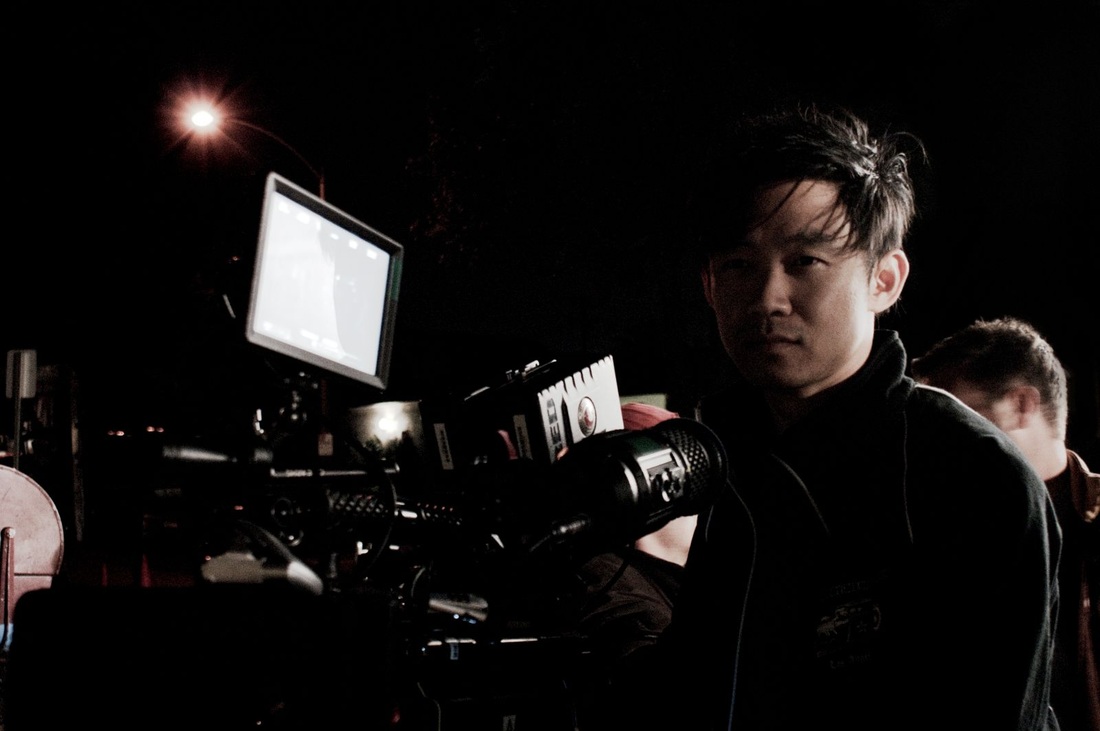

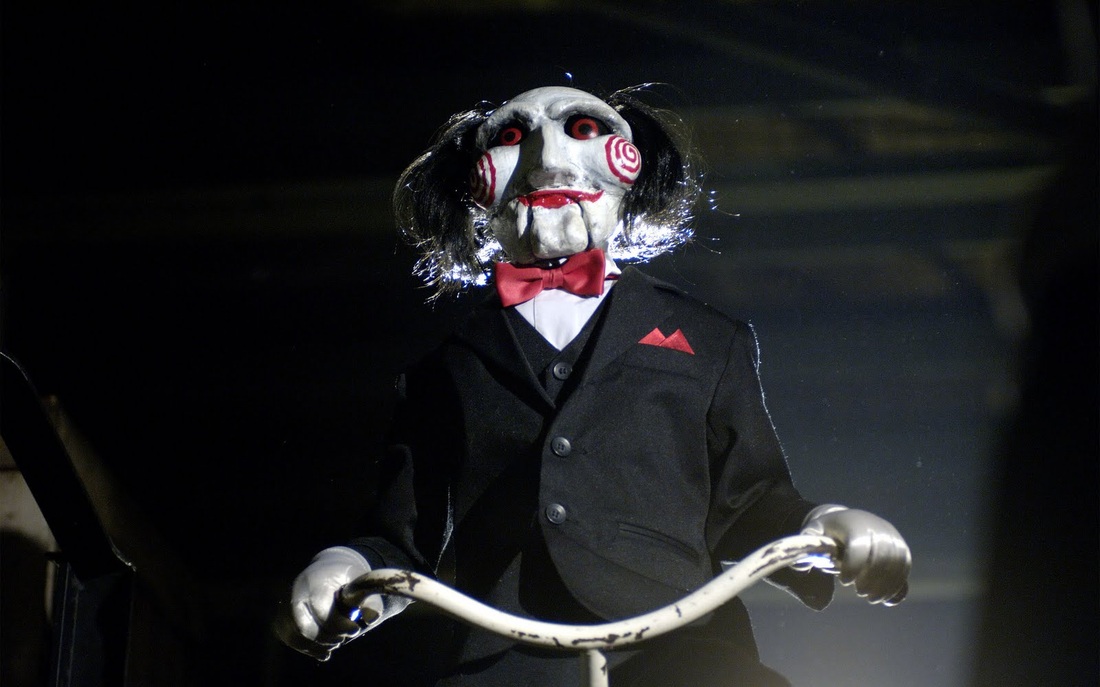
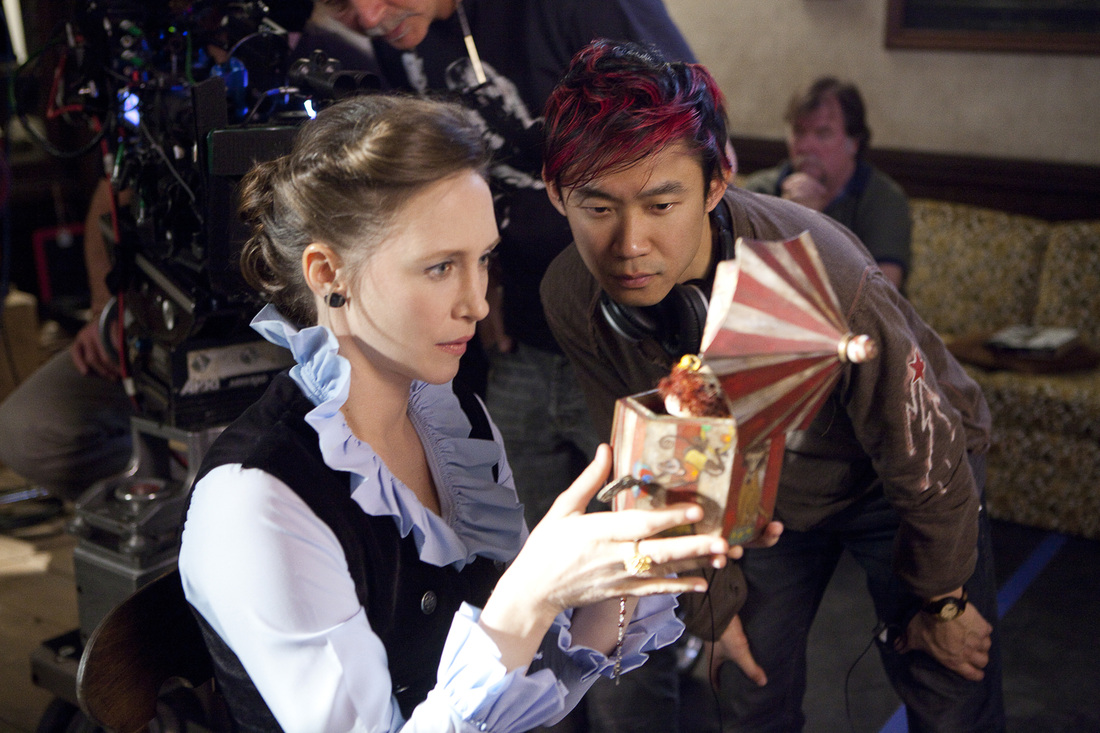
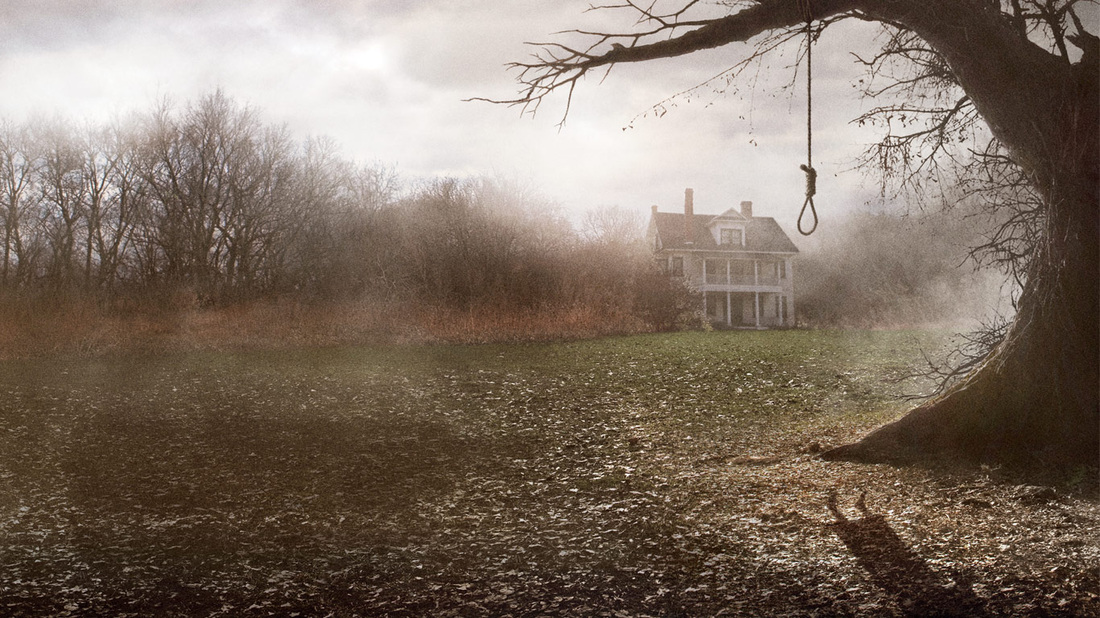

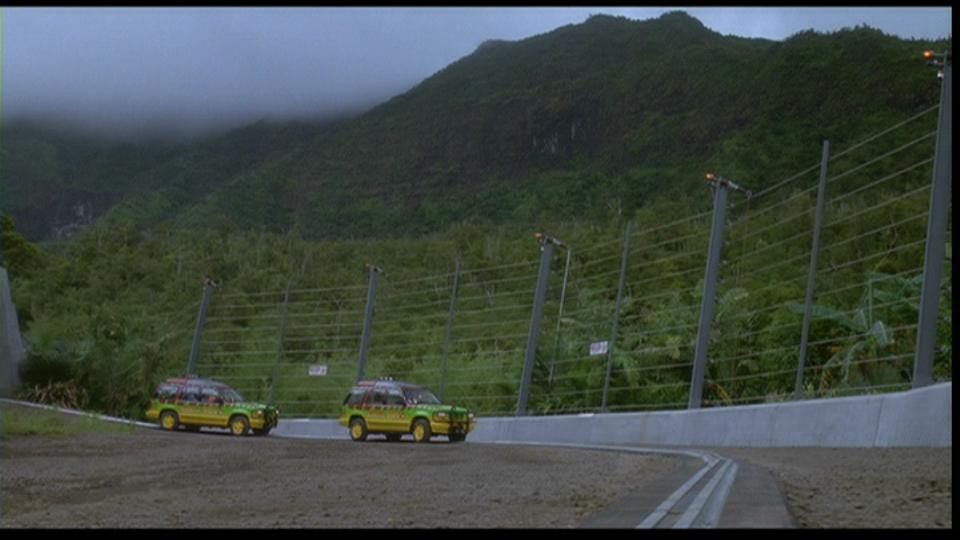
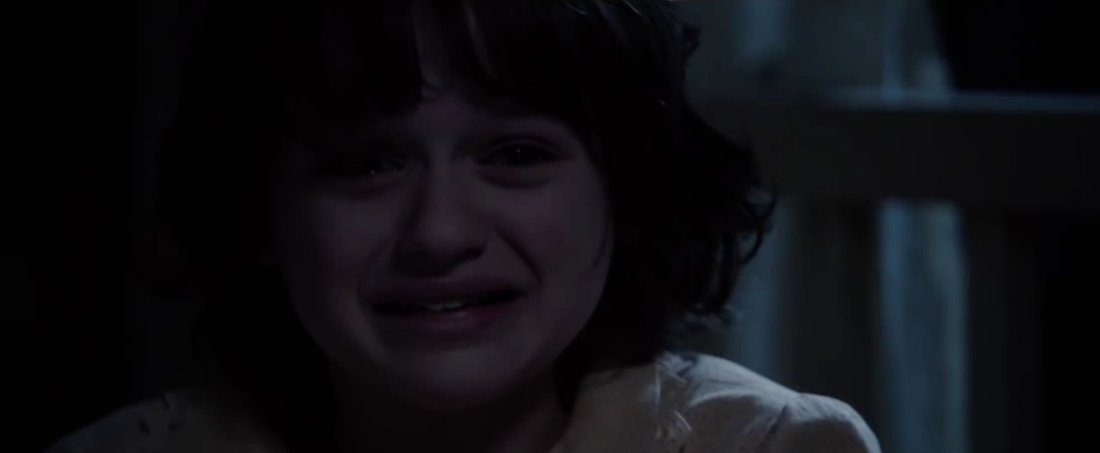
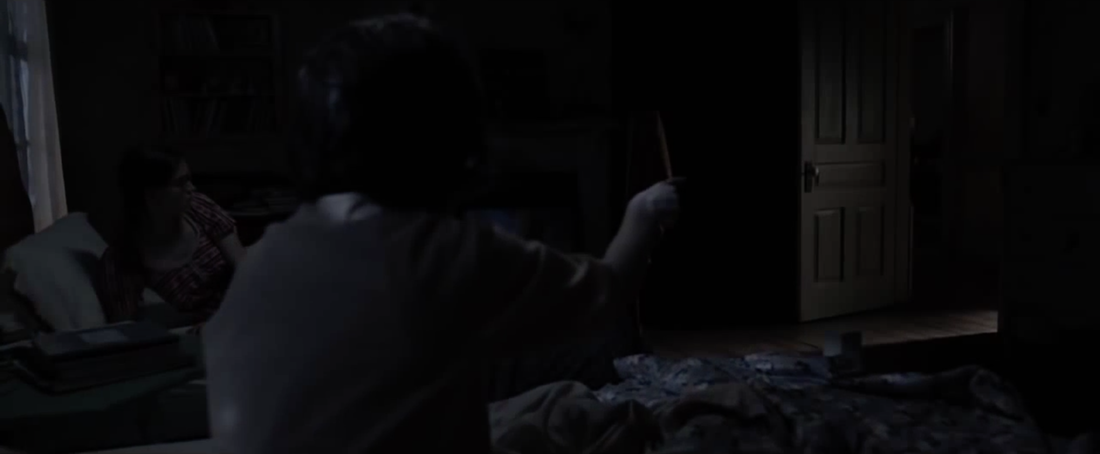
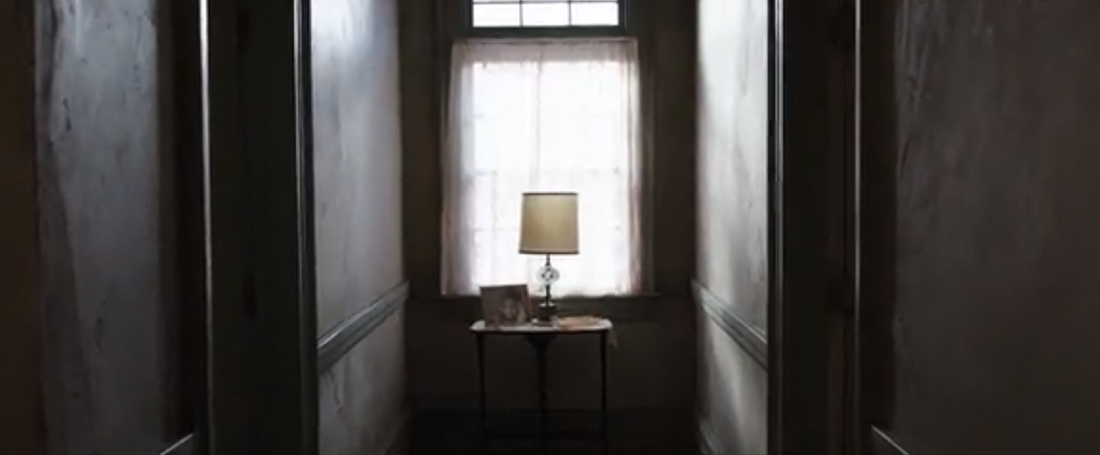
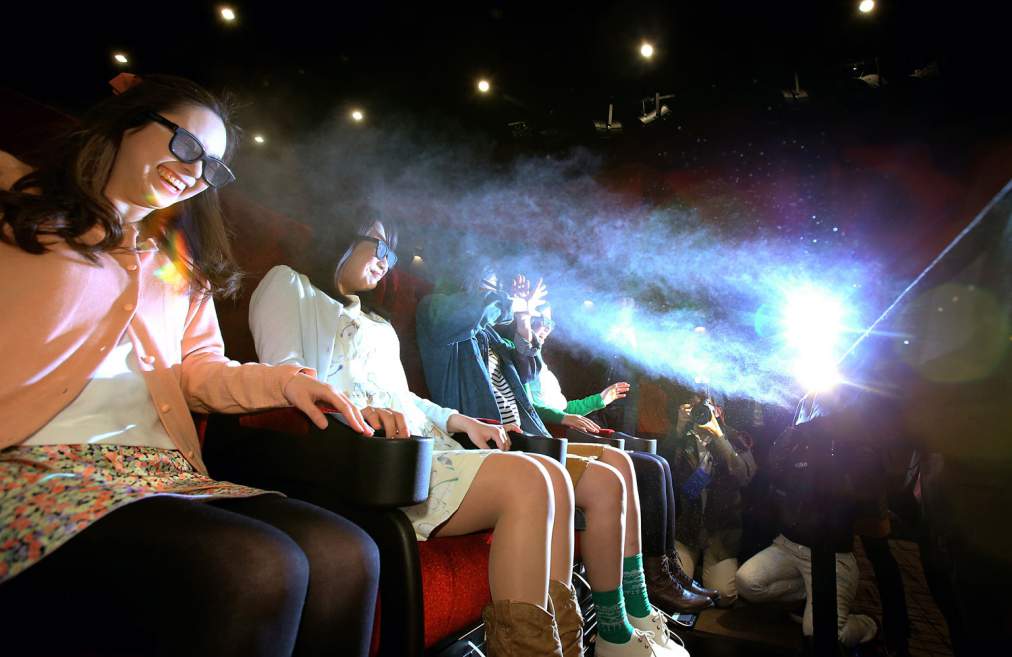


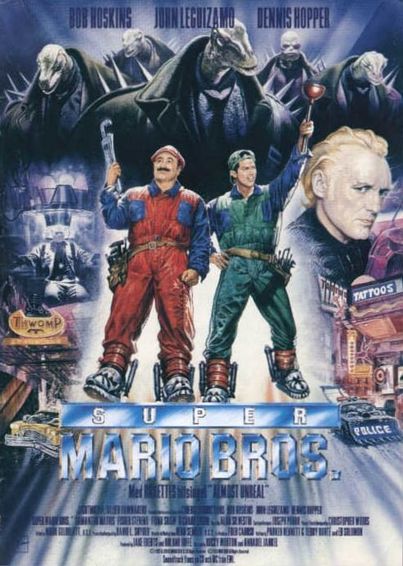

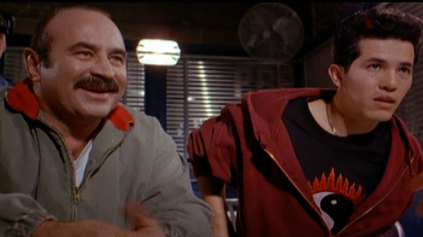
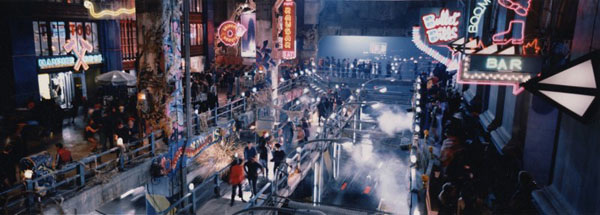
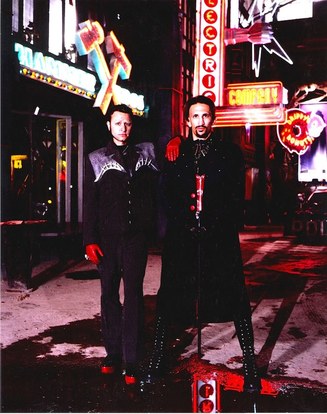
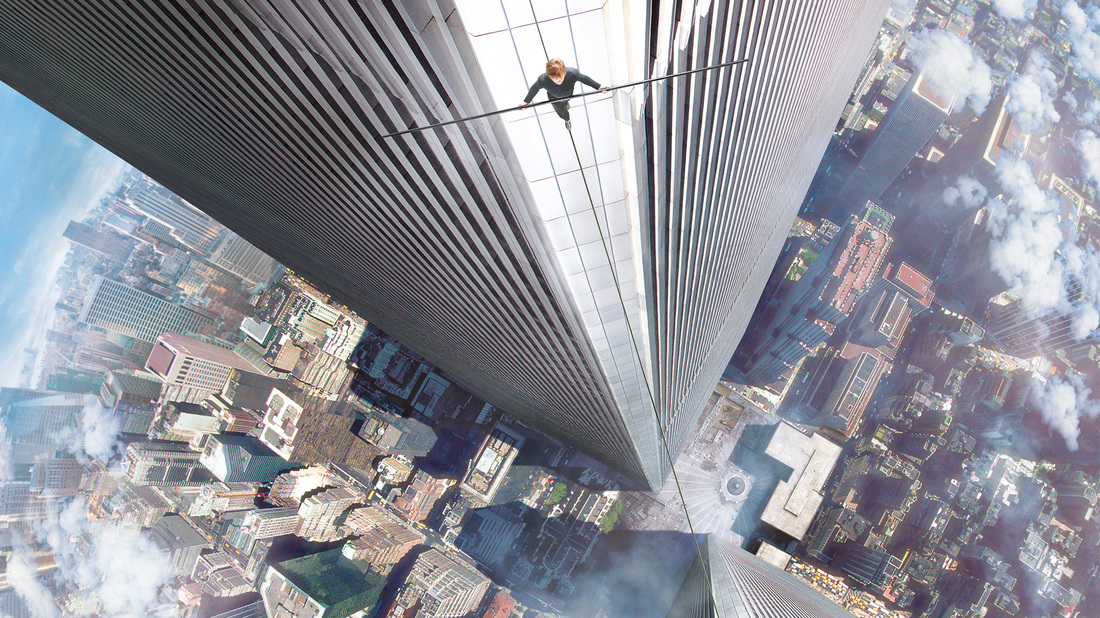

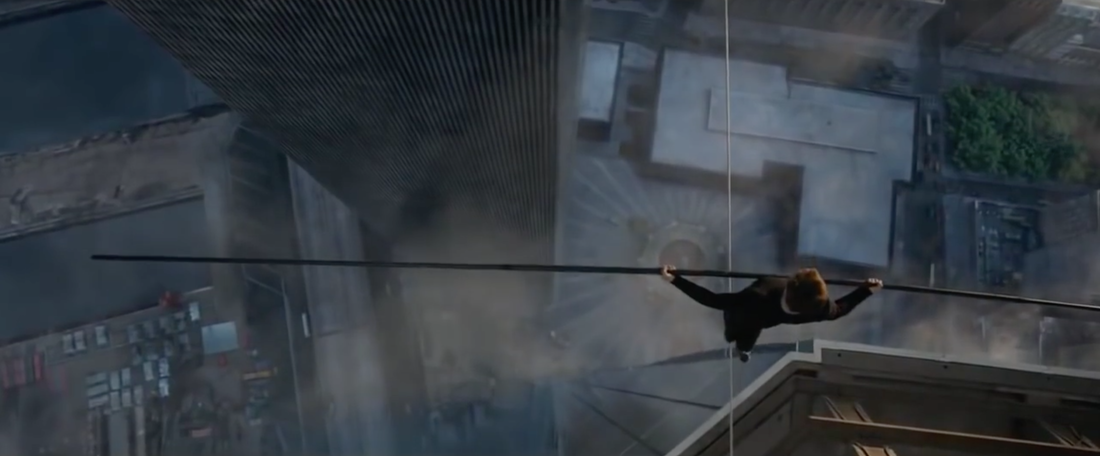
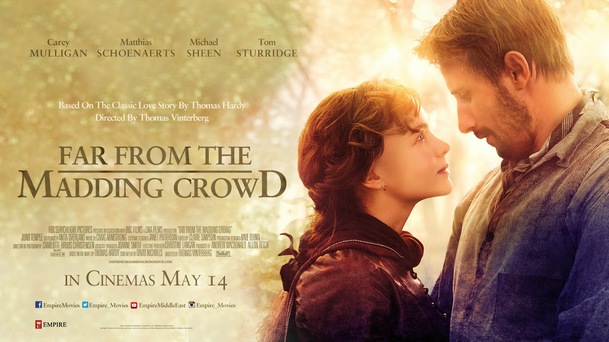

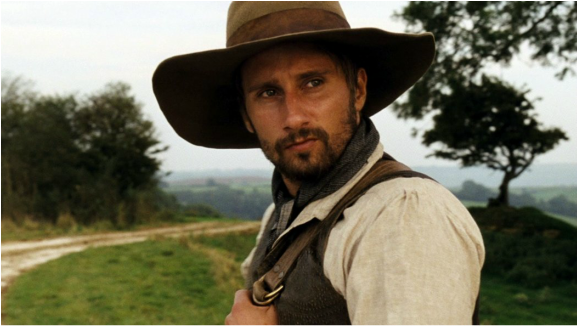
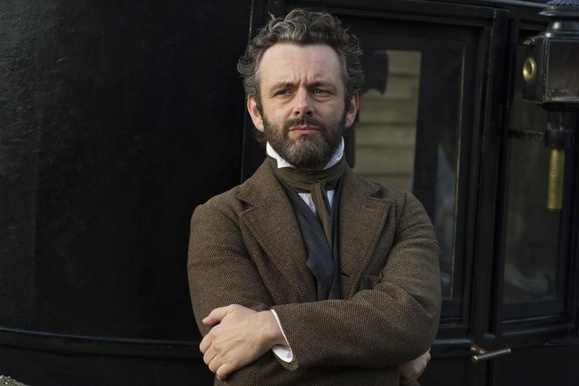
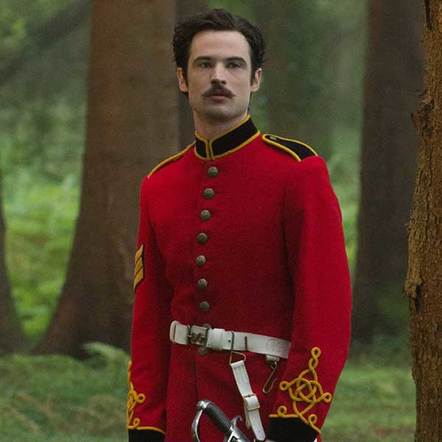
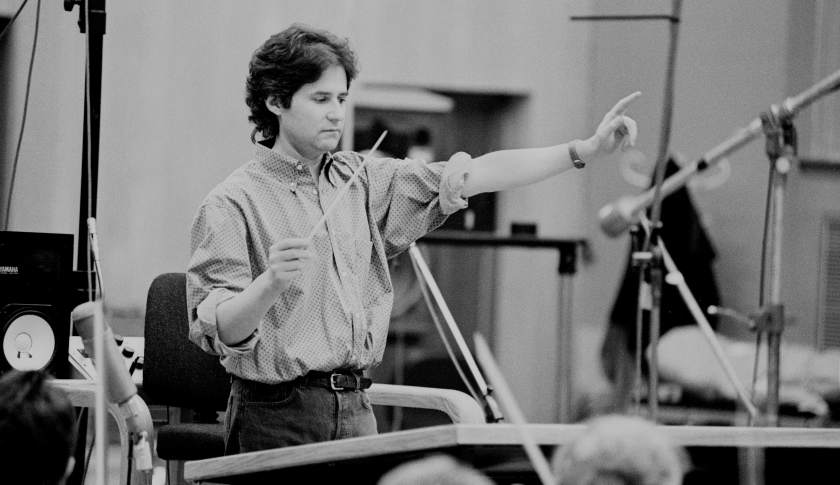

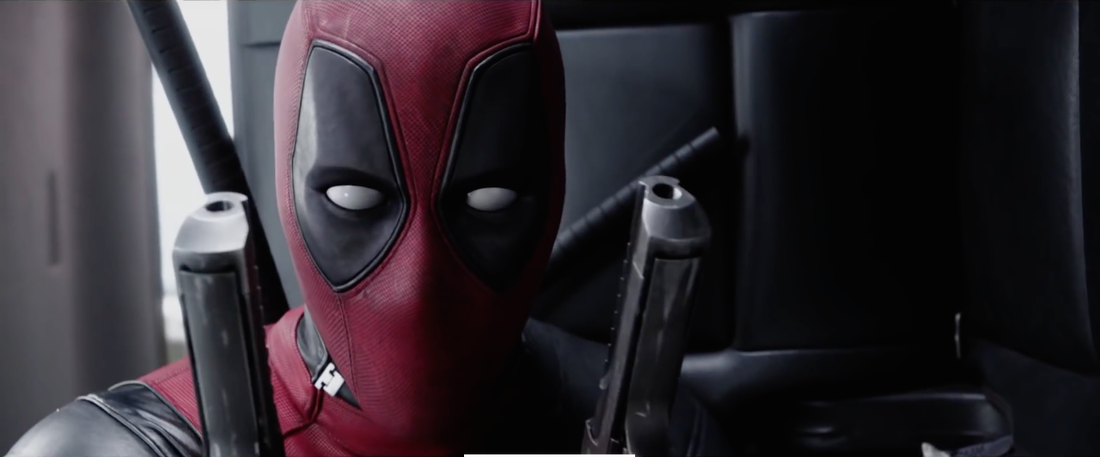

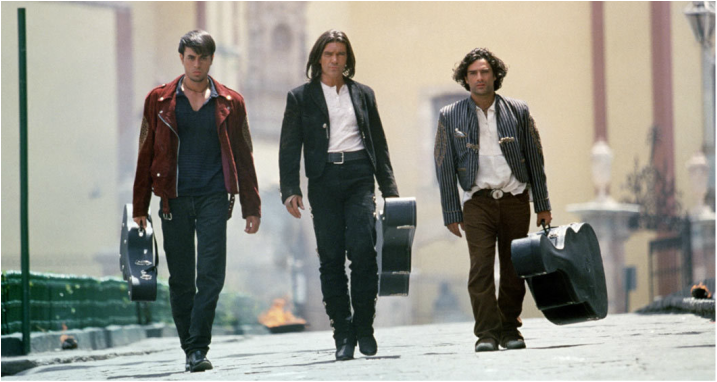

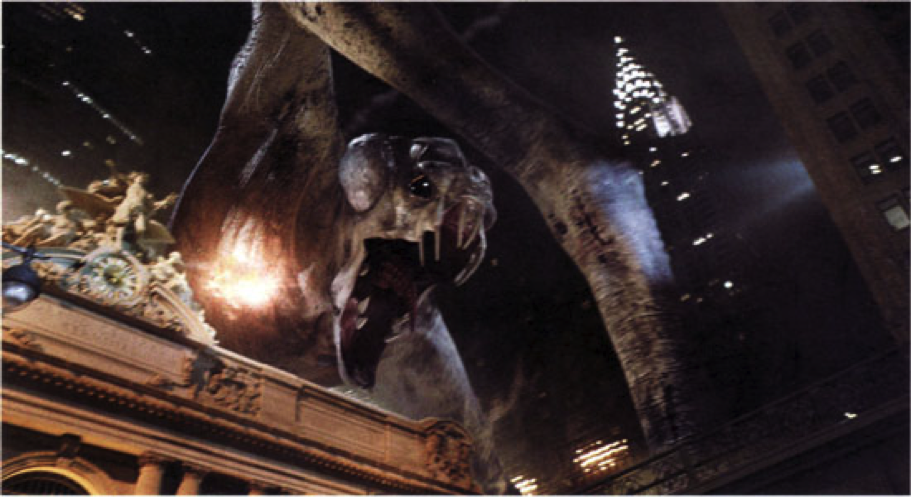
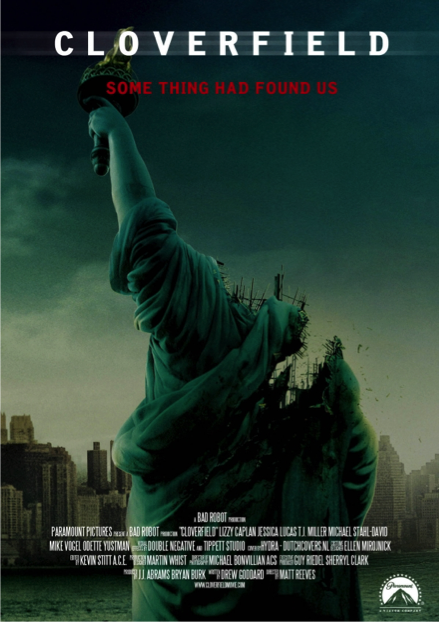
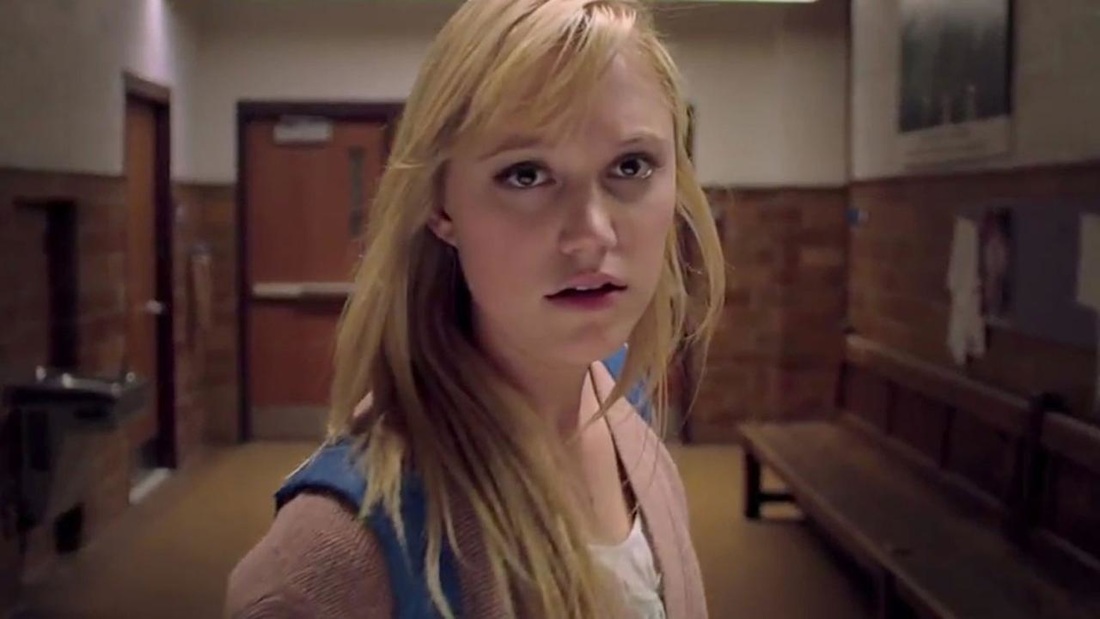

 RSS Feed
RSS Feed
